
Type 2 Diabetes
Advertisement
Lifestyle and metformin interventions cut diabetes risk for 21 years in adults with prediabetes, DPP study shows.
Tirzepatide linked to reduced muscle fat infiltration and volume in type 2 diabetes, per SURPASS-3 MRI substudy findings.
The two predictive models are called the Diabetes Remission Index and the Weight Loss-Adjusted Diabetes Remission Index.
Estimates show that 2.2 million new cases of T2D and 1.2 million new cases of CVD are associated with sugary beverages.
By collecting more deeply characterizing data, the research group hopes to create pseudo health histories around T2D.
The high-HGI group exhibited lower TIR and greater time below range with higher A1c than the low-HGI group.
Night owls tend to have a higher BMI and are 50% more likely to develop type 2 diabetes.
Working in uncomfortable temperatures is associated with an increased risk of type 2 diabetes, according to a recent study.
Prenatal exposure to famine appreciably increases the risk of developing type 2 diabetes mellitus in adulthood.
Among patients with T2DM, the risk of dementia and Alzheimer disease is lower in those treated with metformin.
Hypercortisolism may play a key role in making type 2 diabetes difficult to manage.
Exposure to BPA, an industrial chemical used to make polycarbonate plastic, may increase risk of developing type 2 diabetes.
A study explored the relationship between these hand conditions and the subsequent development of T2D.
Breast cancer survivors have a modestly increased risk of type 2 diabetes, largely driven by breast cancer treatment.
Intensive antihypertensive treatment attenuated the risk of CVD associated with hypertension in women with T2D.
Men with type 2 diabetes have higher rates of recorded long COVID.
Sodium-glucose cotransporter 2 inhibitors use is linked with a lower risk of major adverse cardiovascular events in T2D.
A study explored the causal relationship between type 2 diabetes mellitus and male infertility.
The downregulation of PPAR subtype expression in patients with T2D impairs the healing of periodontal tissues.
A study assessed the long-term efficacy and safety of bariatric surgery compared with medical/lifestyle management.
Advertisement


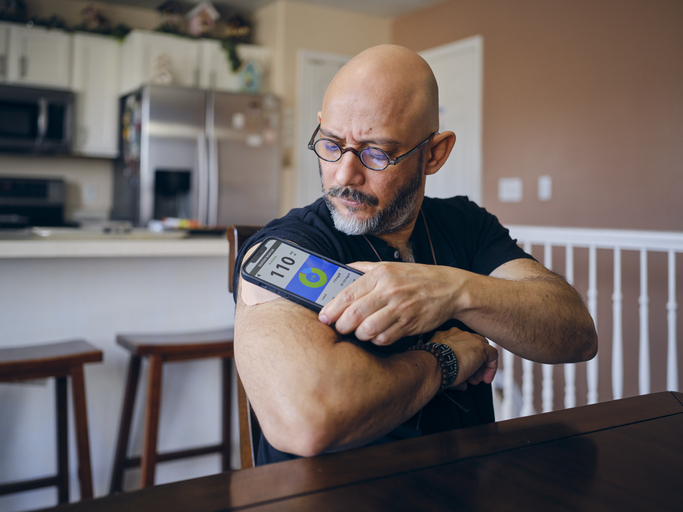










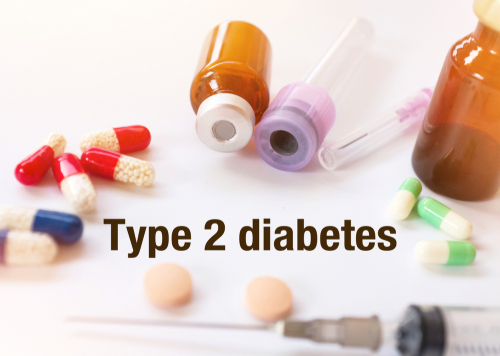
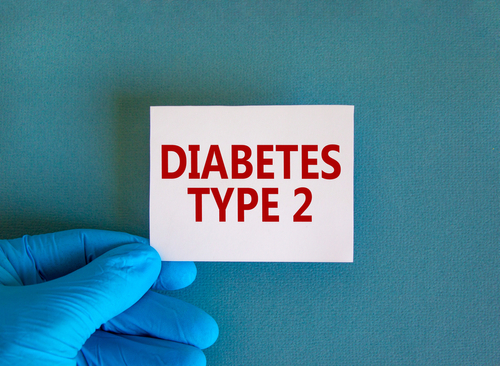
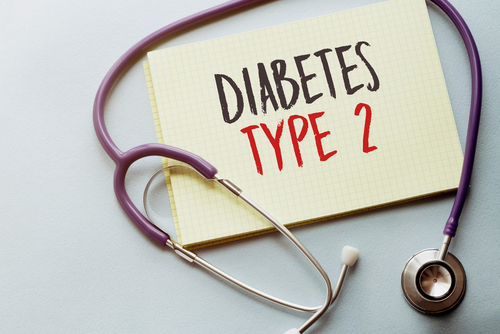

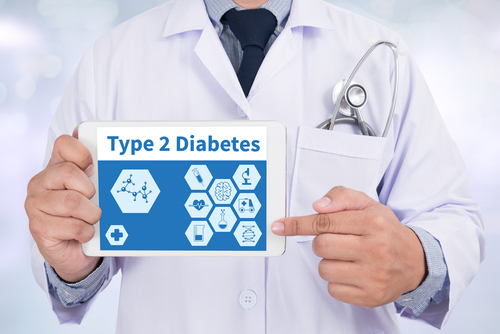




 © 2025 Mashup Media, LLC, a Formedics Property. All Rights Reserved.
© 2025 Mashup Media, LLC, a Formedics Property. All Rights Reserved.